
What isSleep Paralysis?
Whenexperiencing Sleep Paralysis, a person lingers in a state between sleep andwakefulness and is paralyzed, unable to move. The person also hallucinatesvividly, causing further fear and distress. There are multiple symptoms andcauses to the paralysis and hallucinations.
Sleepdisorders, jet lag, anxiety and stress can all give rise to sleepparalysis. The hallucinations, on the other hand, are usually connected to sleepdisorders and sleep apnea. These apparitions have to do with a malfunction inthe brain's neural transmission as the subject enters the REM sleep. A plethora of symptoms, including fear and afeeling of helplessness, occur, followed by a lack of motor ability, asensation of levitation, intimidating sounds and sights, a choking pressure sensationon the chest, cold sweats and the like.
Ways tocombat Sleep Paralysis
Analyzingthe factors of the paralysis, such as the position of sleep or the locationwhere the rest is performed, can aid in making an effective plan for treatingthe disorder. Relaxation and calm prior to an onset of paralysis are alsoparamount, as is sleeping in a silent, dark place. Sudden changes from a stateof intense labor to rest can cause sleep paralysis, as great exertion andtiredness can contribute to starting this ailment. Positioning oneself so thatrelaxation is guaranteed is also a method of avoiding sleep paralysis. Correct dietary habits are also demanded,including the avoidance of coffee before sleep as well as attempting to achievea full eight hour rest period. Deep breaths should be taken during thehallucinating experience to force awakening, as well as a visualization ofmovement in the opposite direction of the scene. Moving in general can breakthe state, even in minute amounts. A combination of breathing exercises and soothingliterature can alleviate the tension that assist instigating hallucinations. Creatingthe awareness of the fact that the hallucinations are a condition and notreality can assist in dealing with the problem. This should be practiced notonly during an onset, but during the day and in general to further boost a skepticalmindset that will not treat the hallucinations as an actual manifestation.
Though thiscondition commonly varies in the frequency of occurrence, in most cases it can beremoved by the efforts of the sufferers themselves. The methods mentioned abovecan help even in cases where the problem persists and becomes frequent.



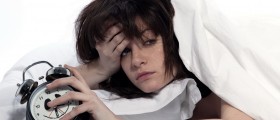




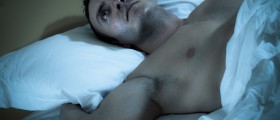
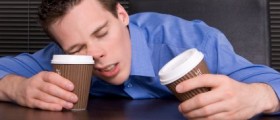


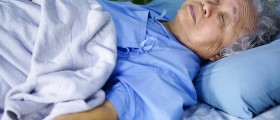
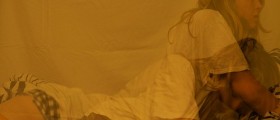

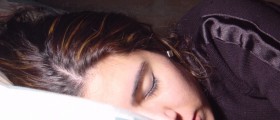

Your thoughts on this
Loading...